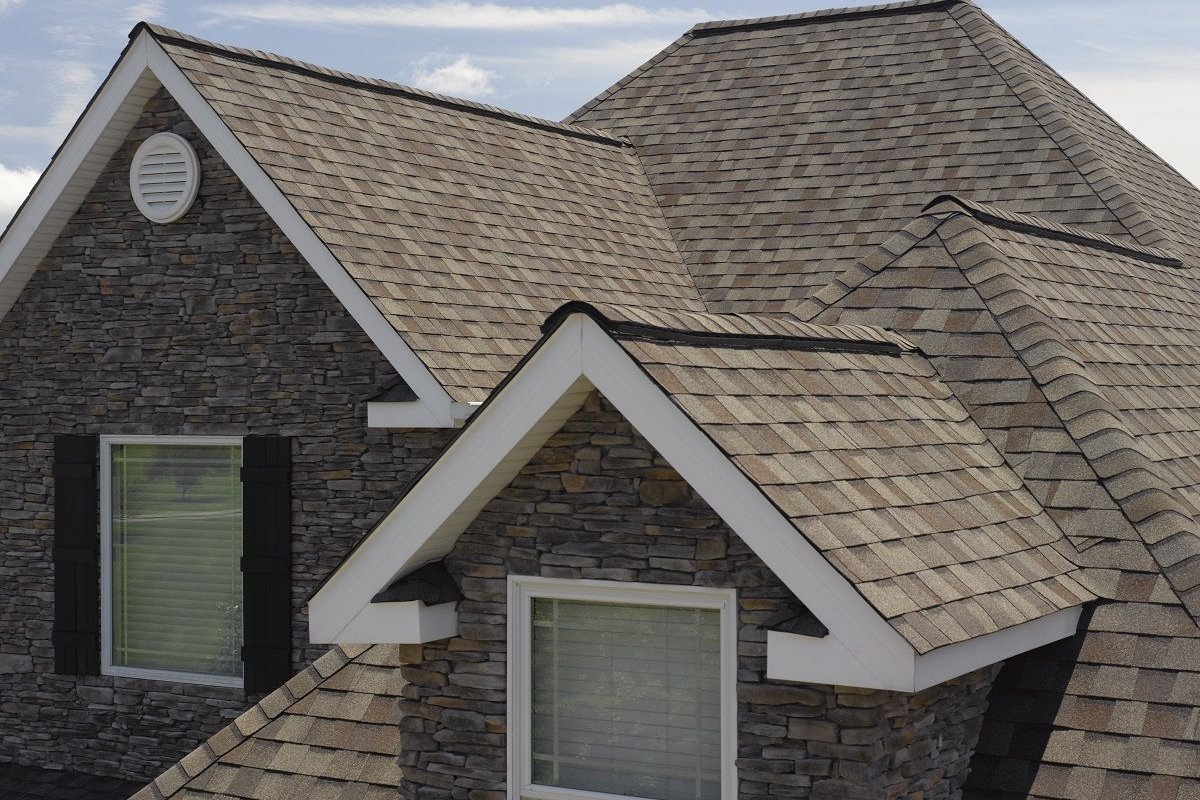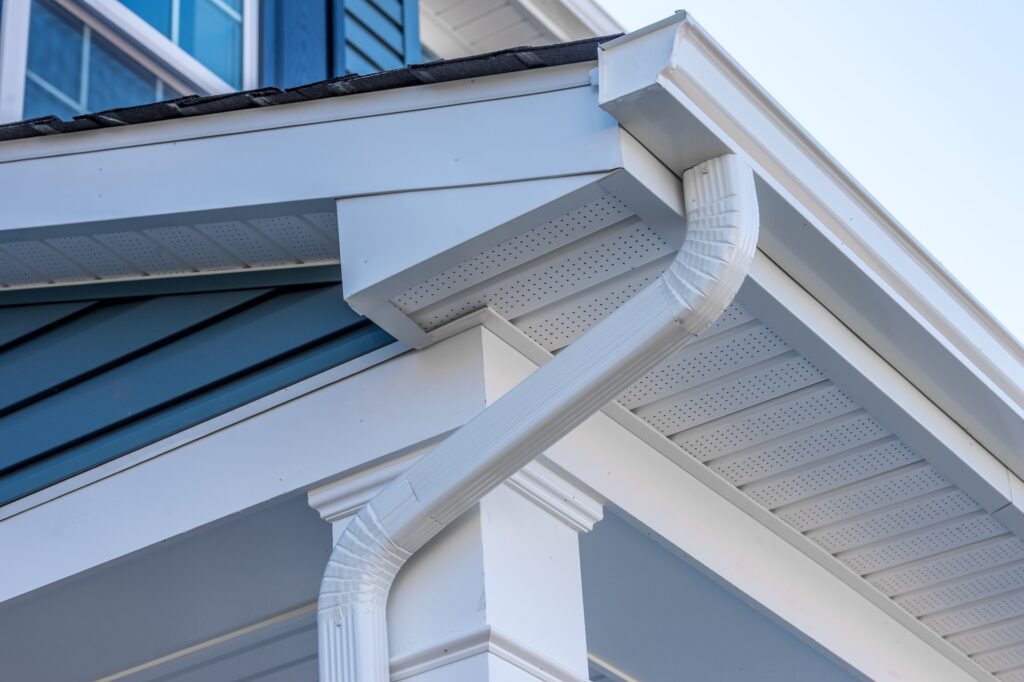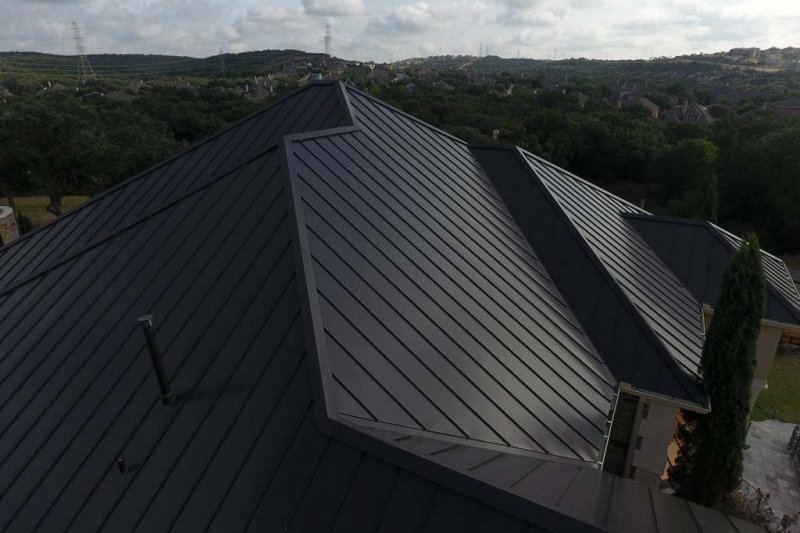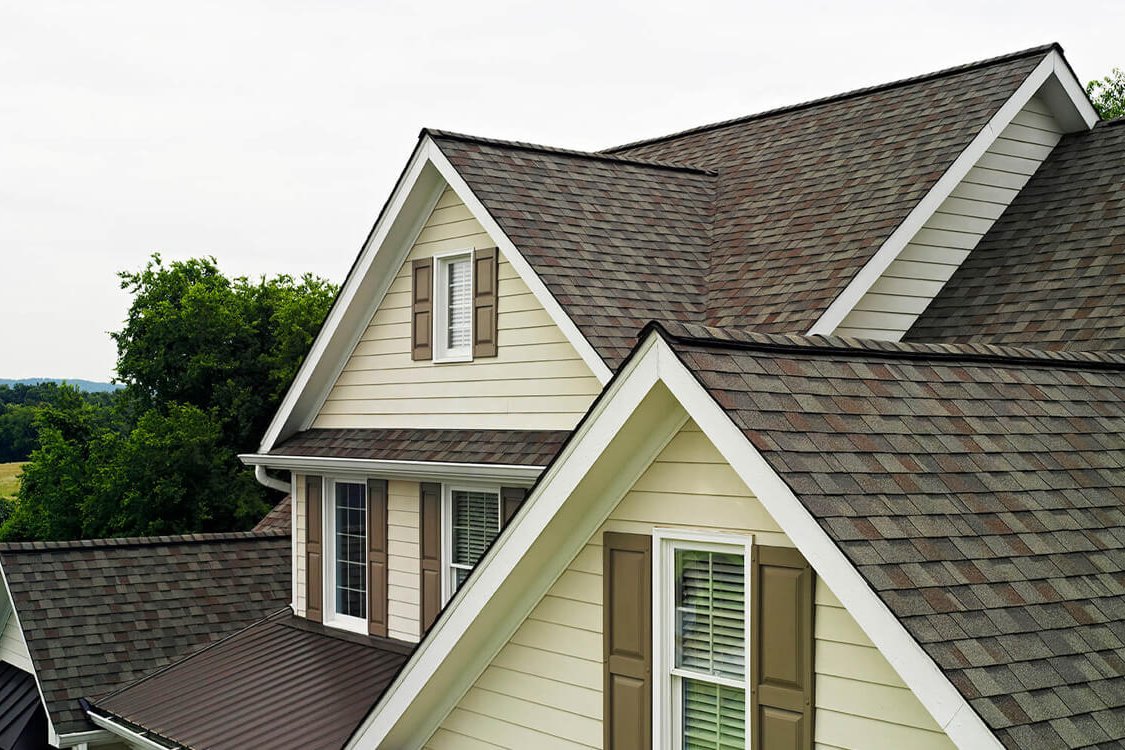Understanding Roofing Costs in Portland, Oregon: A Homeowner's Guide
Undertaking a roofing project, whether it's a minor repair or a full replacement, represents a significant investment for any homeowner. Navigating the potential costs can feel daunting, as numerous factors contribute to the final price tag. Understanding these variables is crucial for effective budgeting and making informed decisions. While national averages provide a baseline, roofing costs vary considerably by region, influenced by local market conditions, labor rates, material availability, and climate-specific requirements. This guide aims to shed light on the complexities of roofing expenses, with a specific focus on factors relevant to homeowners in the Portland, Oregon area, helping you anticipate costs and plan your project effectively.
Planning for a future roofing project or simply curious about your home's value? Get a quick, no-obligation estimate right now.
Get your free instant roof estimate
Key Factors Influencing Roofing Costs
The cost of a roofing project is not a one-size-fits-all figure. It's a calculation based on several interconnected factors unique to your property and the scope of work required. Understanding these elements is the first step in predicting potential expenses.
1. Roof Size: This is perhaps the most obvious factor. Roofing is typically measured and priced by the "square," which is a 10x10 foot area (100 square feet). A larger roof requires more materials and labor, directly increasing the overall cost. Simply put, the more squares your roof has, the higher the base cost will be.
2. Roof Pitch and Complexity: The steepness (pitch) of your roof significantly impacts labor costs. A steeply pitched roof requires more safety precautions, specialized equipment, and takes longer for workers to navigate, leading to higher labor expenses. Similarly, a complex roof design with multiple valleys, hips, dormers, chimneys, and skylights requires intricate cutting, flashing, and sealing work, increasing both material waste and labor time compared to a simple gable or hip roof. Each penetration or change in plane adds complexity and cost.
3. Material Choice: The type of roofing material you select is one of the most significant cost determinants. Options range widely in price, durability, lifespan, and aesthetic. Common choices include asphalt shingles, metal roofing, tile, and cedar shakes, among others. We will delve into material specifics shortly, but generally, premium or specialty materials come with a higher upfront cost.
4. Labor Costs: Labor is a substantial portion of any roofing bill. Rates vary based on geographic location, the complexity of the job, the experience and reputation of the roofing company, and the current demand for roofing services in the area. Highly skilled installers for specialized materials will command higher rates.
5. Existing Roof Removal: If you are replacing an existing roof, the cost of removing and disposing of the old roofing material must be factored in. This process, often called a "tear-off," involves labor for removal, dumpster rental, and landfill fees. The number of existing layers of roofing also affects this cost; removing multiple layers is more labor-intensive and costly. Building codes often limit the number of shingle layers allowed (usually two), sometimes requiring a full tear-off regardless of condition.
6. Structural Decking Issues: The roof deck, typically made of plywood or OSB, serves as the foundation for the roofing material. If the deck is found to be damaged during the tear-off process (due to leaks, rot, or inadequate ventilation), sections will need to be replaced. This adds unexpected material and labor costs to the project. A professional inspection before work begins can sometimes identify potential decking issues, but often they are only fully revealed after the old roof is removed.
7. Underlayment and Flashing: Beyond the primary roofing material, components like underlayment (a protective layer installed over the deck) and flashing (metal or other material used to seal areas around chimneys, vents, valleys, and walls) are critical to a roof's performance and watertightness. The quality and type of these materials, as well as the complexity of their installation, contribute to the overall cost. Ice and water shield, a more robust underlayment often used in vulnerable areas, is more expensive than standard felt or synthetic underlayment.
8. Permits and Inspections: Most roofing projects require permits from the local building department to ensure the work complies with current building codes. The cost of these permits varies by location and project size. Inspections during and after the work are also part of this process, ensuring the job is done correctly and safely. These administrative steps and fees are typically included in the overall project cost.
9. Warranty: The warranty offered on both materials and labor can influence the price. Longer or more comprehensive warranties, particularly those covering manufacturer defects and contractor workmanship, may come at a slightly higher initial cost but offer valuable peace of mind and protection for your investment over the long term.
10. Time of Year: Roofing costs can sometimes be influenced by seasonal demand. In areas with distinct weather seasons, like Portland, roofing work is often concentrated during milder months. Scheduling work during the peak season might result in slightly higher prices or longer wait times compared to scheduling during less busy periods, weather permitting.
Understanding Roofing Material Costs
The choice of roofing material significantly impacts both the upfront cost and the long-term value and performance of your roof. Different materials offer varying lifespans, maintenance requirements, and aesthetic appeals, all of which factor into their overall expense.
Asphalt Shingles:
Asphalt shingles are the most common residential roofing material in the United States, primarily due to their affordability and relatively easy installation. There are two main types:
- 3-Tab Shingles: The most basic and least expensive option. They have a flat, uniform appearance and typically come with a shorter lifespan (15-20 years) and basic warranty. They are lightweight and suitable for many roofs but are less resistant to wind and hail compared to architectural shingles.
- Architectural (Laminate) Shingles: These are thicker and more durable, made with multiple layers of asphalt and fiberglass. They offer a more dimensional look, mimicking the appearance of wood shakes or natural slate. Architectural shingles have a longer lifespan (25-30 years, often with limited lifetime warranties) and provide better resistance to wind and impact. While more expensive than 3-tab shingles, they offer better long-term value and curb appeal, making them a popular choice.
Factors influencing asphalt shingle cost include the type (3-tab vs. architectural), quality (basic vs. premium lines), color (designer colors can sometimes cost more), and the manufacturer.
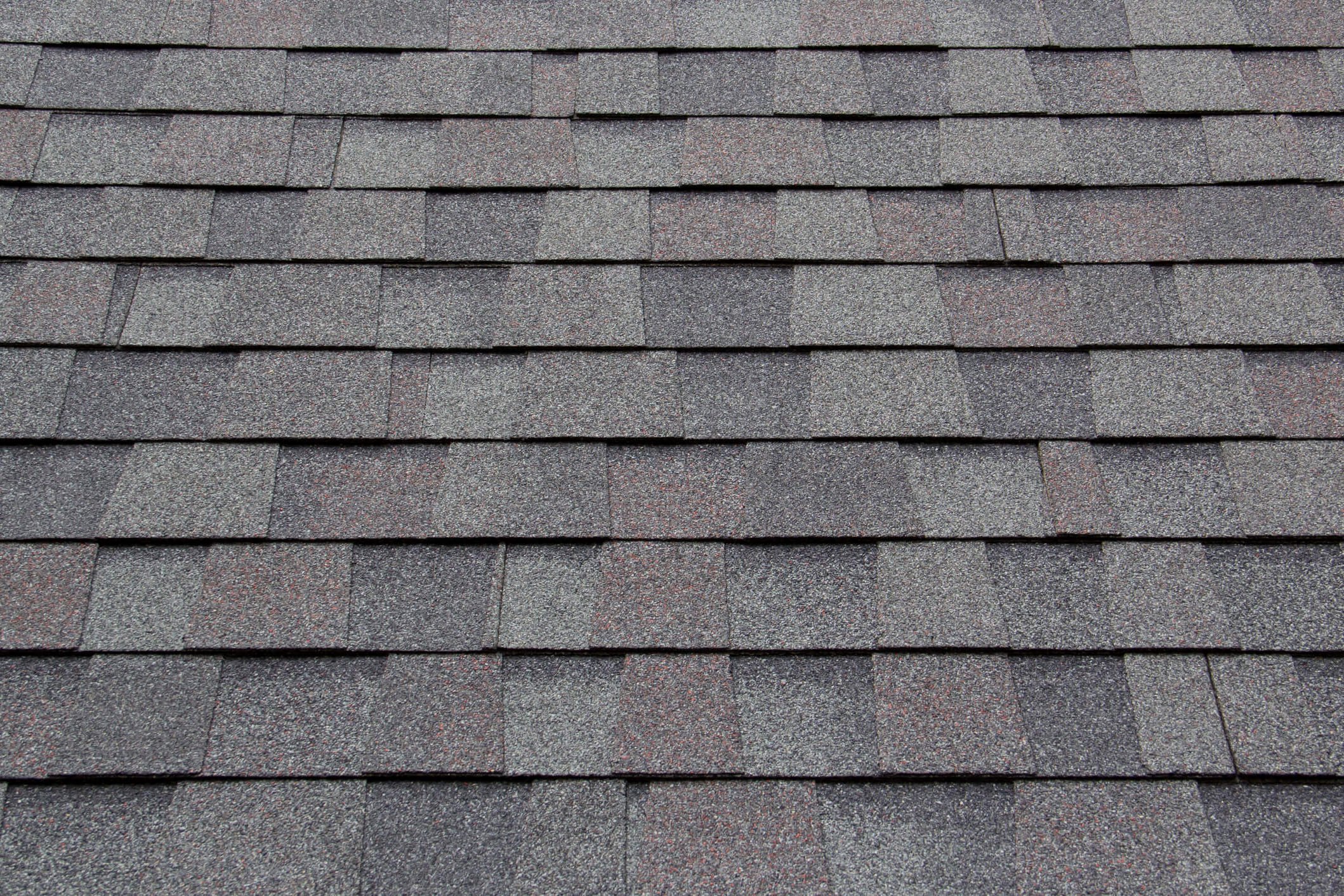
Metal Roofing:
Metal roofing has gained popularity for its exceptional durability, longevity, and energy efficiency. While the initial cost is significantly higher than asphalt shingles, a metal roof can last 40-70 years or even longer, often outliving several asphalt shingle roofs. Types include standing seam (concealed fasteners, sleek look) and exposed fastener panels (more utilitarian appearance).
Factors influencing metal roofing cost include the type of metal (steel, aluminum, copper, zinc), gauge (thickness), finish or coating, panel style (standing seam is typically more expensive than exposed fastener), and installation complexity. Metal roofing requires specialized installation techniques, which can also contribute to higher labor costs. Despite the upfront expense, the long lifespan, minimal maintenance, and potential energy savings can result in a lower lifecycle cost.
Cedar Shake and Shingle:
Cedar roofing offers a natural, aesthetically pleasing look, common on certain architectural styles. Cedar shakes are split, giving them a more rustic, textured appearance, while cedar shingles are sawn smooth and uniform. Cedar is durable but requires more maintenance than asphalt or metal, including regular cleaning and potential treatment for moss and rot, especially in damp climates.
Factors influencing cedar roofing cost include the type (shake vs. shingle), grade of wood, thickness, and installation method (e.g., interlayment requirements). The cost is generally higher than asphalt shingles and comparable to or higher than some metal roofing options. The need for ongoing maintenance also adds to the long-term cost.
Tile Roofing:
Tile roofs, made from concrete or clay, are known for their beauty, durability, and very long lifespan (50-100 years or more). They are resistant to fire, rot, and insects. However, tile is very heavy, often requiring structural reinforcement of the roof deck, which adds significant cost. Installation is also more labor-intensive and requires specialized skills.
Factors influencing tile roofing cost include the material (concrete vs. clay), style (e.g., Spanish, Mission, French), color, and the need for structural modifications. Tile roofing is one of the most expensive options upfront but offers unparalleled longevity and curb appeal.
Other Materials:
Other less common residential roofing materials include slate (very durable and long-lasting but extremely expensive and heavy), synthetic roofing materials (designed to mimic the look of slate or wood shake but lighter and often more durable), and flat roofing options like TPO or PVC for low-slope sections. Each of these has its own cost profile based on material expense, weight, lifespan, and installation requirements.
Choosing the right material involves balancing upfront cost, long-term value, lifespan, maintenance, and the aesthetic you desire for your home. It's wise to consult with a roofing professional to understand which materials are best suited for your roof's structure and the local climate conditions.
Local Influences on Roofing Costs in Portland, Oregon
While the general factors of size, complexity, and material choice apply everywhere, specific local conditions significantly shape roofing costs in the Portland, Oregon area. Understanding these regional influences is key to getting an accurate estimate and planning your budget.
One of the most prominent local factors is the climate. Portland is known for its consistent rainfall and damp conditions throughout a significant portion of the year. This climate presents specific challenges for roofing materials and necessitates certain installation practices. The prolonged moisture can accelerate the growth of moss, algae, and lichen on roofs, particularly on asphalt shingles and cedar shakes.
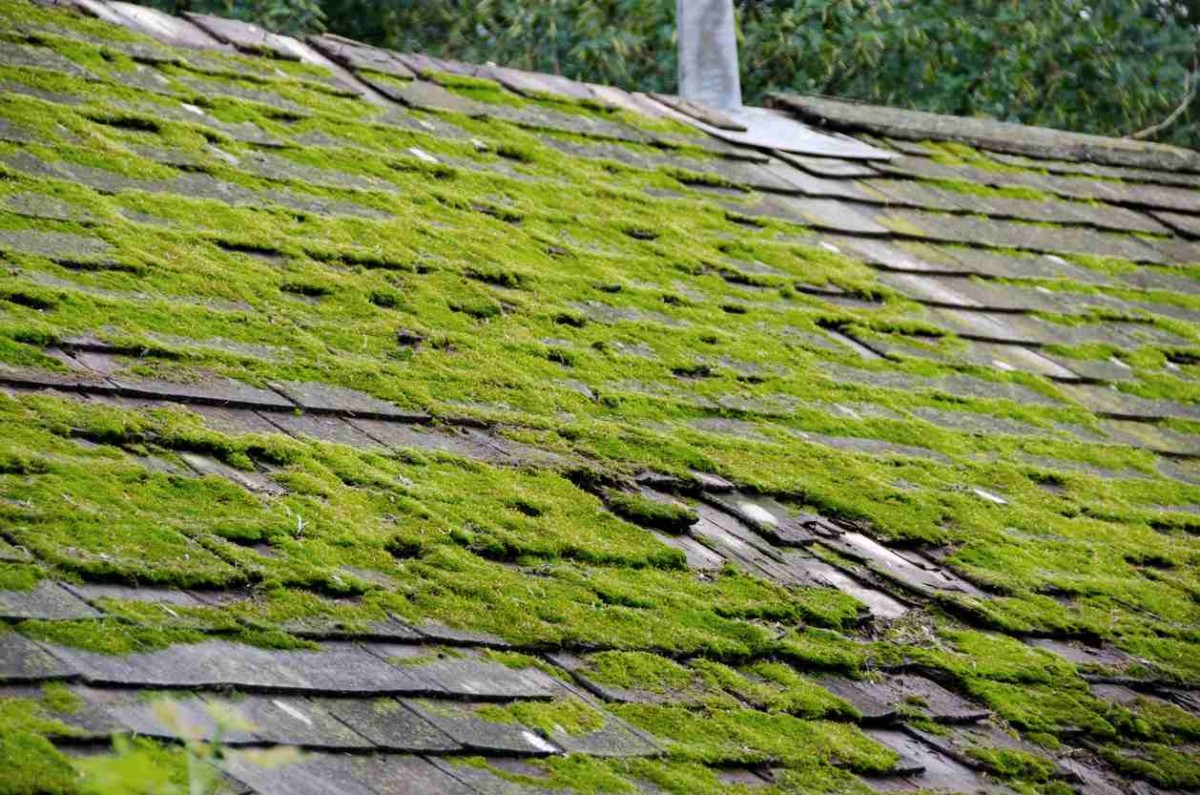
Addressing moss requires either regular cleaning and treatment (an ongoing maintenance cost) or choosing materials less susceptible to growth, such as metal or certain types of tile, which come at a higher upfront cost. Furthermore, the constant presence of moisture requires robust underlayment and meticulous flashing installation to prevent water penetration, which can add to material and labor costs. The need for proper roof ventilation is also critical in this climate to prevent moisture buildup in the attic, which can lead to mold, rot, and damage to the roof deck, adding potential future costs if not addressed during installation.
Local building codes in Portland also play a role. These codes dictate minimum standards for materials, installation methods, and structural requirements, all aimed at ensuring roofs are safe, durable, and capable of withstanding local weather conditions. Compliance with these codes is mandatory and factored into the project cost. Changes or updates to codes since your last roof was installed might require modifications that increase the scope and cost of the work.
Labor rates in the Portland metropolitan area are influenced by the regional cost of living and the demand for skilled trades. While rates fluctuate, they reflect the expertise required for proper roofing installation, especially when dealing with complex designs or specialized materials. The availability of qualified roofing crews can also impact scheduling and pricing; during peak demand, labor costs might be higher.
Finally, the specific characteristics of homes in the area can influence project costs. Portland features a mix of architectural styles, from historic homes with complex rooflines and older materials to modern residences with varying designs. The age and condition of existing roofs, the presence of multiple layers, and potential underlying structural issues (more common in older homes) can add significant complexity and expense to a project. Access to the property and roof also varies, with homes on steep hillsides or with limited yard space potentially incurring higher labor costs due to increased difficulty in material delivery and debris removal.
Considering these localized factors alongside the general cost determinants provides a more realistic picture of what a roofing project in Portland might entail financially.
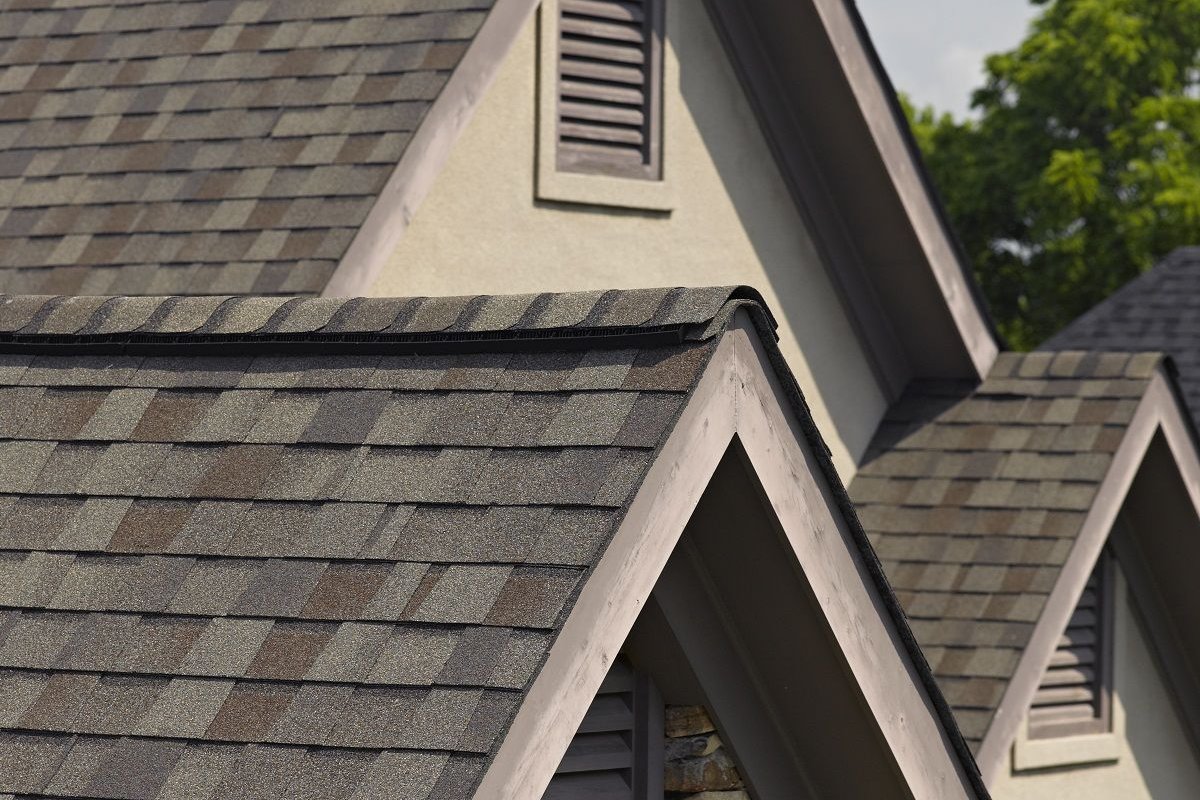
Recognizing When Roofing Work is Needed
Beyond understanding the costs, knowing when your roof requires attention is paramount. Ignoring signs of wear or damage can lead to more extensive and expensive problems down the line, such as structural damage from leaks or mold growth. Being proactive can save you significant money and hassle.
Here are common signs that indicate your roof may need repair or replacement:
- Missing or Damaged Shingles: Shingles that are cracked, curled, buckling, or missing altogether are clear indicators of wear or storm damage. These compromise the protective layer of your roof, leaving the underlayment and deck vulnerable to water.
- Granule Loss: For asphalt shingles, the protective granules on the surface shield the asphalt from UV rays and contribute to fire resistance. Finding large amounts of granules in your gutters or downspouts is a sign that the shingles are aging and deteriorating.
- Leaks or Water Stains: Water spots on your interior ceilings or walls are definitive proof of a roof leak. Tracing the source of a leak can be challenging, as water often travels along rafters before dripping, but any interior water damage points directly to a compromised roof.
- Sagging Roof Deck: A visibly sagging or drooping section of the roof deck indicates a serious structural issue, likely caused by prolonged water damage or inadequate support. This requires immediate professional inspection.
- Pooled Water: On low-slope or flat roofs, standing water that doesn't drain is a problem. This can lead to the deterioration of the roofing material and eventual leaks.
- Moss and Algae Growth: While common in damp climates like Portland, excessive moss or algae can trap moisture against the roofing material, leading to premature deterioration. While sometimes manageable with cleaning, severe growth can indicate a need for replacement or a material less prone to growth.
- Age of the Roof: Most roofing materials have an estimated lifespan. Asphalt shingle roofs typically last 20-30 years, while metal roofs can last 50+ years. If your roof is nearing or exceeding its expected lifespan, it's wise to have it inspected, even if there are no obvious signs of failure, to proactively plan for replacement.
- Damaged Flashing: Flashing around chimneys, vents, skylights, and in valleys is critical for preventing leaks in vulnerable areas. Rusted, damaged, or improperly installed flashing can be a direct pathway for water.
Identifying these signs early can help you determine the appropriate course of action. Minor issues might only require repairs, while widespread problems or an aging roof likely point towards the need for a full replacement.
Experiencing a roof leak or notice storm damage? Don't wait for issues to worsen. Connect with qualified local roofers who can assess the situation promptly.
Book a roofing appointment
Getting Estimates and Booking Professional Services
Once you've determined that your roof needs attention, the next crucial steps are obtaining accurate estimates and finding a reliable roofing contractor. Traditionally, this has involved scheduling in-person inspections, which can be time-consuming. However, technology now offers more streamlined approaches.
For homeowners who are in the planning phase, exploring options, budgeting for a future project, or simply want a general idea of potential costs without an immediate commitment, an instant estimate can be incredibly valuable. This service utilizes advanced technology to analyze your roof's dimensions and characteristics remotely.
Curious about the potential cost of a roof replacement or repair? Get a quick, remote assessment based on your property's specifics.
Get your free instant roof estimate
An instant estimate can provide a baseline cost range based on factors like roof size, shape, and typical material costs in your area. It's a great starting point for financial planning and understanding the potential scope of investment required. While not a substitute for a detailed, on-site inspection for complex issues or final project quotes, it empowers homeowners with initial information quickly and easily.
For situations that require immediate professional attention, such as active leaks, significant storm damage, or any issue that compromises the integrity of your home, booking a direct appointment with a qualified roofer is the necessary next step. These situations demand prompt inspection by an expert who can assess the damage firsthand, determine the cause, and recommend the appropriate repairs or replacement needed to prevent further harm.
Facing an urgent roofing issue like a leak or storm damage? Connect directly with pre-vetted local roofing professionals ready to help.
Book a roofing appointment
Booking an appointment allows a professional to conduct a thorough inspection, often involving getting on the roof to examine the materials, flashing, and other components up close. They can accurately diagnose problems, provide a detailed proposal outlining the recommended work, materials, timeline, and a precise cost estimate. This is essential for addressing urgent issues effectively and ensuring the long-term health of your roof.
When selecting a roofing professional, look for contractors who are licensed, bonded, and insured. Check their reputation through reviews and testimonials. Don't hesitate to ask questions about their experience, particularly with the type of roofing material you have or plan to install, and their process for handling permits and inspections. Getting multiple detailed quotes is always recommended to compare costs, scope of work, and timelines.
Planning for a Resilient Roof
Understanding the factors that influence roofing costs, recognizing the signs that your roof needs attention, and knowing how to efficiently get estimates and connect with qualified professionals are all vital steps for any homeowner. Roofing is a critical component of your home's structure and protection. Investing wisely in quality materials and professional installation, tailored to the specific challenges of the local climate, ensures the longevity and performance of your roof. Being prepared, whether planning for a future project or responding to an immediate need, allows you to protect your investment and maintain the safety and value of your home.
